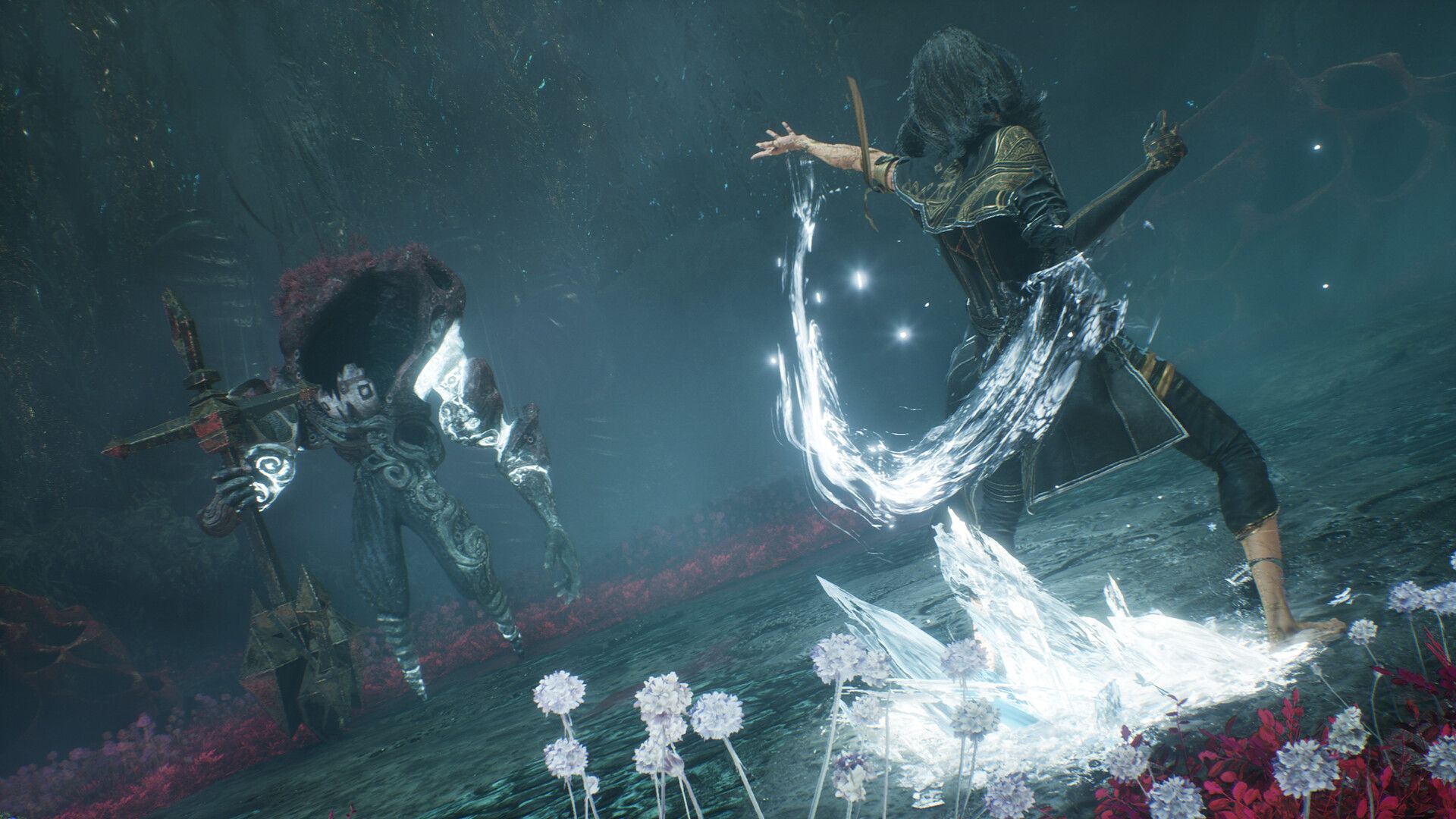screenshot from Pretty Blind.Torrential Pictures; Club Red Productions/Supplied
The Globe and Mail’s Accessibility Profiles by Graham Isador feature conversations highlighting disabled artists, creators and community leaders.
Disability representation on Canadian television is slowly starting to improve thanks to a slew of recent shows built around disabled creators and their stories. Last year, hard-of-hearing comedian D.J. Demers starred in One More Time. Satirical news program The Squeaky Wheel, which pokes fun at ableism, was recently nominated for a Canadian Screen Award. And You’re My Hero, whose lead has cerebral palsy, premiered its second season on CBC Gem earlier this spring.
Allowing disabled writers and performers to share their stories on bigger platforms helps overcome stigmas, answer questions and break down the idea of disabled perspectives as a monolith. Of course, none of that stuff matters if the shows aren’t entertaining.
That was one of the major goals for Pretty Blind, a new series from Accessible Media Inc. (AMI) starring Jennie Bovard. On Pretty Blind, Bovard plays a fictionalized version of herself navigating bad roommates, family drama and workplace frustrations while living with albinism and partial sight. Based on her podcast Low Vision Moments, the show is first and foremost a comedy.
The series, which launched July 7 and has already been renewed for a second season, was produced by Jonathan Torrens, perhaps best known for his role in Trailer Park Boys. Torrens, who also directed several episodes and helped pen scripts, was excited by the challenge of telling a story for a low-vision audience using a visual medium.
Practically, that meant writing scripts where characters narrate some of their physical actions. The team also created a visual language for the show specifically with low vision viewers in mind, giving each of the main characters a primary colour palette.
“For a low vision audience, hopefully the sight of a red shirt would be a cue that it’s Jennie before you even hear her open her mouth,” Torrens said.
The Globe recently spoke with Bovard about the show, representation and mining the funny from her day-to-day life.
Why was comedy the medium to share your story?
Humour has always been a way to invite people into my world as it relates to living with albinism and with low vision. Making jokes makes it easier for me to describe my disability, help people understand where I’m coming from and maybe demystify things a little bit.
And I want to watch series and movies that feel relatable. I want to be part of the satire, you know. I want more pale jokes. I think that is part of inclusion too – allowing disability and comedy to blend together. I want people to have a good time and laugh. And if you learn something, that’s just a bonus.
Was there pressure while making the show to represent a broad spectrum of the blind/low vision community?
I think the show does a really great job at depicting different experiences with blindness and sight loss. I’ve had the same level of eyesight pretty much since I was born, whereas the Steve character lost his sight later in life. And that was a really beautiful thing, too – they’re representing characters and real people who are blind.
Another thing is, you’re not going to miss any jokes. You’re getting all the important information through integrated description. What that means is sometimes we use a name in conversation a little more often than one might naturally, so someone watching will know Jenny is talking to Eve, because she keeps saying Eve’s name.
Sean Towgood wants to prove disability stories can be funny
YouTuber Molly Burke speaks to the power and pressure of being a blind creator
Pretty Blind is one of a few Canadian shows highlighting disabled creators and their stories. How does it feel to be a part of that?
It is beyond exciting. And I think we’re still in the early stages. We’re going to see the impact in the coming years. If one or two people with albinism watch Pretty Blind, see themselves depicted on screen, acting, being part of the industry … I think it’s a really empowering thing. Because when we see ourselves depicted, and when we see ourselves working, it helps remove that feeling of isolation. It helps us feel like we belong in these spaces.
This interview has been edited and condensed.





![13th Aug: Songs From the Hole (2025), 1hr 37m [TV-MA] (6/10)](https://occ-0-1081-999.1.nflxso.net/dnm/api/v6/Qs00mKCpRvrkl3HZAN5KwEL1kpE/AAAABSHDSP7yZLldkdKeSkJkG5g9EFZ-DPWJIct3ejYkO6flkfO2j-UWiplSfnNzjj2IhIqeYFrTMjFN0uwJ9Mch-rzIsXrhLs3r3wvXaIpLOrrZp1_EfGusyFeqVVmsNdcYhDNv_JWLSMOf4UBvXBzG8XQfrXJL3qnlwXzOenjH-egC1F8TFls8Bq96RKYoQ32RO3dL8KHs_g.jpg?r=898)






